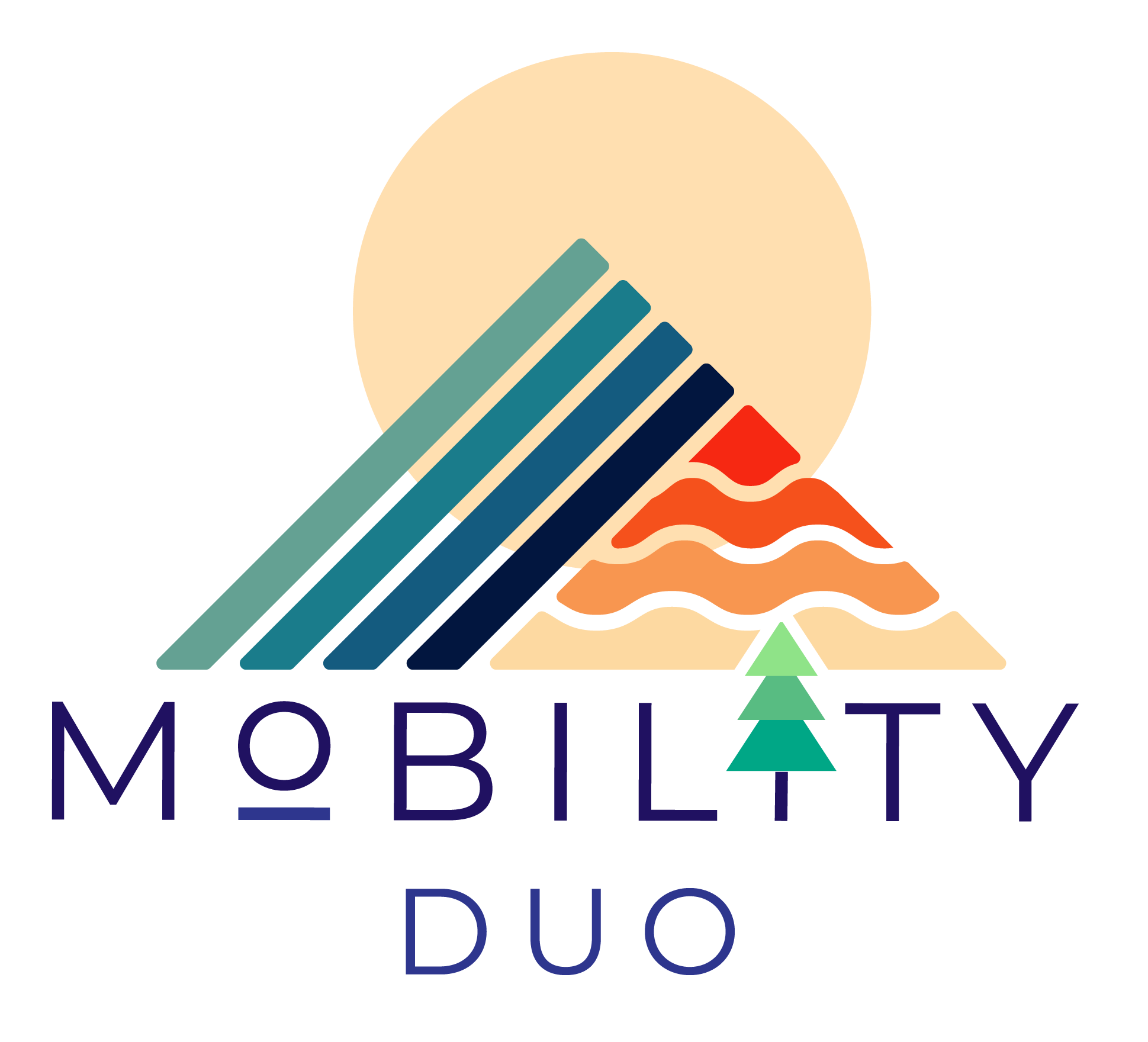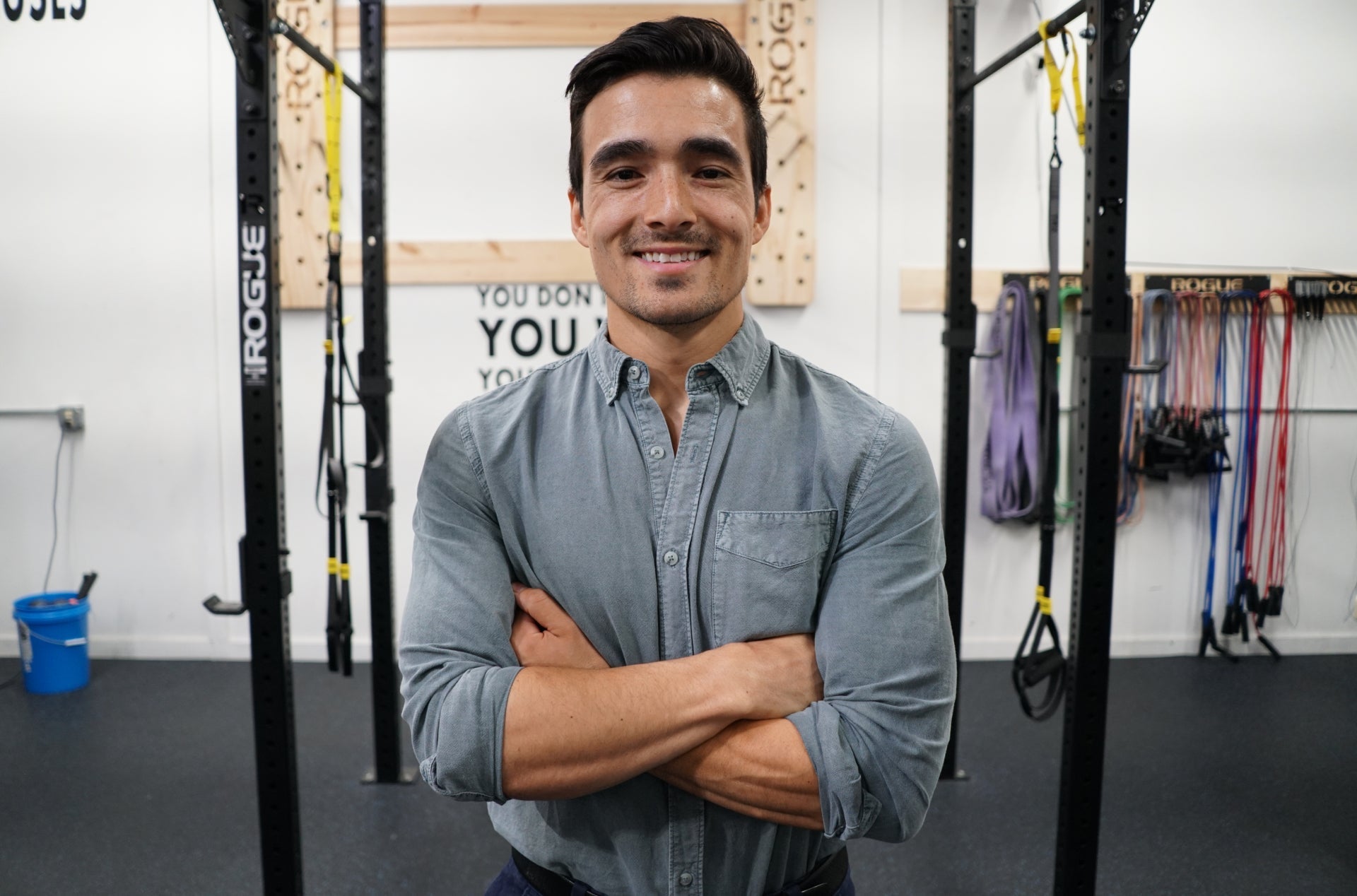If your legs have ever felt like jelly after a top-to-bottom run, you already know snowboarding works you. The real question is how good a workout it is—and how it stacks up to skiing and gym standbys. Let’s break it down with peer-reviewed studies.
First things first: what’s a MET?
MET stands for Metabolic Equivalent of Task.
Think of it as how many times harder than sitting still is this activity?
-
1 MET = resting—about 3.5 ml O₂/kg/min, or roughly 1 kcal/kg/hour.
-
If an activity is 5 METs, you’re expending about 5× resting energy while you’re doing it. (Ainsworth et al., 2000; Ainsworth et al., 2011).
Why you care: it’s a simple way to estimate calories. Calories/hour = MET × body weight (kg). (Ainsworth et al., 2011).
Quick Overview
-
Yes, snowboarding is exercise. During the run itself, it typically lands in moderate (≈5.3 METs) and can hit vigorous (≈8 METs) for racing/very hard laps—for active riding time only (Ainsworth et al., 2011).
-
But lifts + lines matter. Field data in alpine snowsports show a 3.5-hour “ski day” could be = 33% riding/ 67% recovery/rest, which drags your session-average intensity down unless you minimize downtime (Stöggl et al., 2016).
-
Fitness improves with a season. A randomized controlled trial in older adults found 12 weeks of downhill skiing improved cardiorespiratory test outcomes vs controls (Niederseer et al., 2021).
-
Heart variability (HRV): Meta-analyses show exercise training improves HRV over time; single hard bouts can temporarily suppress HRV (your body’s “stress signal”) before it rebounds (Amekran et al., 2024; Zhang et al., 2025; Marasingha-Arachchige et al., 2022).

How many calories does snowboarding burn?
Let’s use the Compendium of Physical Activities values for downhill skiing/snowboarding (Active Riding Only):
-
Light riding = 4.3 METs
-
Moderate riding = 5.3 METs
-
Vigorous (racing/very hard): 8.0 METs (Ainsworth et al., 2011).
PER HOUR of active riding (rounded):
-
60 kg (132 lb): 4.3→258 kcal | 5.3→318 kcal | 8.0→480 kcal
-
75 kg (165 lb): 4.3→323 | 5.3→398 | 8.0→600
-
90 kg (198 lb): 4.3→387 | 5.3→477 | 8.0→720
(Formula: MET × body weight (kg) × 1 hr). (Ainsworth et al., 2011).
Whole-day reality: a typical resort day includes a lot of “not-riding.” In one analysis of alpine snowsports, only 33% of a 3.5-hour window was actual skiing; while 56% was low-intensity “recovery”. Your session-average is around ~2.6 METs—still movement, just less than the run itself.
Make it higher: pick lifts with short lines, do top-to-bottoms with minimal stopping, and choose sustained terrain.
Snowboarding vs skiing vs the gym
In a lab/field crossover experiment, alpine skiing required 2.5 hours to match the energy expenditure of 1 hour of cross-country skiing or indoor cycling at set intensities (Stöggl et al., 2016).
Translation: steady-state cardio (XC, cycling, running) wins for calories per clock hour, but resort snowsports still deliver potent bursts.
For context from the Compendium:
-
Stationary cycling = 6.8–8.8 & 11.0–14.0 METs respectively (Ainsworth et al., 2011).
-
Running 6 mph =9.656 km/h 9.8 METs (Ainsworth et al., 2011).

What muscles does snowboarding work?
If your quads scream by lunch, you’re normal. Snowboarding is a lower-body-and-core party: quadriceps, glutes, hamstrings, calves, with deep core stabilizers keeping you stacked and balanced. Reviews and EMG-based work in snowboarding and closely related snowsports back this up (Vernillo et al., 2018; Robinson et al., 2020).
Why it feels “burny”: lots of eccentric-isometric control—resisting forces and holding positions through turns, bumps, and landings.
Checkout our newest Shred 4.0 Strength Program made for snowboarders, by snowboarders. This is the most comprehensive training system on the Internet covering all aspects of snowboarding from strength, mobility, endurance, balance and more. Stay injury free so you can keep shredding all season long.
What happens to your heart & HRV?
-
During runs: Heart rate climbs; lactate can spike on hard terrain—classic signs of anaerobic contributions in snowsports (Andersen, 1988). Expect temporary HRV suppression post-session (your nervous system saying “that was a lot”), which usually normalizes with recovery (Marasingha-Arachchige et al., 2022).
-
Across a season: Exercise-training meta-analyses report improvements in HRV (more parasympathetic/vagal tone = generally good), and an RCT in older adults showed fitness gains from 12 weeks of downhill skiing (Amekran et al., 2024; Zhang et al., 2025; Niederseer et al., 2021).
Plain-speak HRV: it’s the tiny, healthy wiggle between beats. Higher (at rest) often means better recovery/adaptation; short-term dips after hard days are normal.
Which energy systems are you using?
Snowboarding taps a hybrid of systems: a steady aerobic base for all-day endurance, with frequent anaerobic bursts(ATP-PC and glycolysis) for carving, compression, jumps, and quick recoveries. Classic alpine physiology shows substantial glycolytic (anaerobic) contribution and meaningful lactate responses in racing and hard runs (Andersen, 1988; Polat et al., 2016).
Basically, snowboarding is a unique combination of strength, speed and endurance.
So… is snowboarding a good workout?
Yep—especially if you minimize downtime. On-run intensity can be moderate to vigorous (≈5.3–8.0 METs), but chairlift reality pushes session averages lower. If your goal is maximum cardio per hour, cycling/running/XC win. If you want balance, lower-body strength endurance, power bursts, and fun, snowboarding is A-plus. (Ainsworth et al., 2011; Stöggl et al., 2016).

Make snowboarding a “better workout” (and still have fun)
-
Hunt flow: pick lifts with short lines + long fall-line runs.
-
Terrain > time: steeps, bumps, and chopped snow raise intensity.
-
Keep moving: minimize mid-run couch breaks.
-
Pre-season strength: squats/split squats, hip hinges, anti-rotation core—your knees (and HRV) will thank you.
-
Fuel/warmth: cold + altitude increase energy needs; plan snacks and layers.
What about injuries or “too much, too soon”?
Like any dynamic mountain sport, there’s risk—systematic and cohort work in recreational snowsports shows non-trivial injury incidence. Smart progressions, lessons, protective gear, and fitness help. (Stenroos & Handolin, 2015).
Quick comparisons (MET snapshots)
-
Snowboarding/alpine (active time): 4.3 (light), 5.3 (moderate), 8.0 (vigorous/racing) (Ainsworth et al., 2011).
-
Cycling, stationary: 6.8–14.0 (from ~90 W up to 270 W) (Ainsworth et al., 2011).
-
Running 6 mph: 9.8 (Ainsworth et al., 2011).
References
-
Ainsworth, B. E., et al. (2000). Compendium of Physical Activities: An update of activity codes and MET intensities. Med Sci Sports Exerc. (definition of MET).
-
Ainsworth, B. E., et al. (2011). 2011 Compendium of Physical Activities: Second update of codes and MET values. Med Sci Sports Exerc. (downhill/snowboarding METs; “active time only”).
-
Amekran, Y., et al. (2024). Effects of exercise training on heart rate variability in healthy adults: Systematic review & meta-analysis of RCTs. Cureus. (training improves HRV).
-
Andersen, R. E. (1988). Physiology of Alpine Skiing. Sports Medicine. (lactate/anaerobic contribution).
-
Marasingha-Arachchige, S. U., et al. (2022). Factors that affect HRV following acute resistance exercise: Systematic review & meta-analysis. J Sport Health Sci. (acute bouts can depress HRV).
-
Niederseer, D., et al. (2021). Effects of a 12-week recreational skiing program on cardio-pulmonary fitness in the elderly (SASES RCT). Frontiers in Physiology. (CPET gains with downhill skiing).
-
Polat, M., et al. (2016). Respiratory and metabolic demands of alpine skiing. J Hum Kinet. (high-intensity, anaerobic elements).
-
Robinson, A. J., et al. (2020). Energy expenditure & muscular recruitment in a snowboard-mimicking e-skateboard. Int J Exerc Sci. (EMG/quads patterns, analogous to snowboarding).
-
Stenroos, A., & Handolin, L. (2015). Incidence of recreational alpine skiing and snowboarding injuries. Scand J Surg. (injury incidence context).
-
Stöggl, T., et al. (2016). Comparison between alpine skiing, cross-country skiing, and indoor cycling. J Sports Sci Med. (2.5× time; time-on-task breakdown).
-
Vernillo, G., et al. (2018). Physiological and physical profile of snowboarding: A preliminary review. Frontiers in Physiology. (muscle demands).
-
Zhang, W., et al. (2025). Impact of long-term exercise interventions on HRV: Meta-analysis. Frontiers in Cardiovascular Medicine. (training improves HRV).





Leave a comment